Growth in the Automotive Sector
The Automotive Curtain Airbags Market is poised for growth, driven by the overall expansion of the automotive sector. As vehicle production increases, so does the demand for safety features, including curtain airbags. The rise in vehicle sales, particularly in emerging markets, is contributing to this trend. Reports indicate that the automotive sector is projected to grow at a rate of approximately 4% annually, which directly correlates with the demand for enhanced safety systems. Manufacturers are responding to this growth by investing in advanced airbag technologies, ensuring that curtain airbags are integrated into a wider range of vehicle models. This expansion is likely to bolster the market for curtain airbags, as safety becomes a paramount concern for both consumers and manufacturers.
Increased Focus on Passenger Safety
The Automotive Curtain Airbags Market is witnessing an increased focus on passenger safety, which is driving the demand for advanced airbag systems. As safety becomes a primary concern for consumers and manufacturers alike, the integration of curtain airbags is seen as essential for protecting occupants in the event of a collision. This heightened emphasis on safety is reflected in the growing number of safety features being incorporated into vehicles, with curtain airbags being a critical component. Market analysis suggests that the demand for passenger safety features is expected to rise, leading to an increase in the production of vehicles equipped with curtain airbags. This trend indicates a promising outlook for the market, as manufacturers strive to meet consumer expectations for enhanced safety.
Stringent Safety Regulations and Standards
The Automotive Curtain Airbags Market is significantly influenced by stringent safety regulations and standards imposed by governmental bodies. Regulatory agencies are continuously updating safety requirements, mandating the inclusion of advanced airbag systems in new vehicle models. These regulations aim to reduce fatalities and injuries in road accidents, thereby compelling manufacturers to adopt curtain airbags as a standard feature. The implementation of these regulations has led to a marked increase in the production and installation of curtain airbags, with many regions reporting compliance rates exceeding 90%. As these standards evolve, the market is expected to expand, driven by the necessity for manufacturers to meet compliance and enhance vehicle safety.
Rising Consumer Awareness of Vehicle Safety
Consumer awareness regarding vehicle safety is a pivotal driver for the Automotive Curtain Airbags Market. As individuals become more informed about the benefits of advanced safety features, there is a growing demand for vehicles equipped with comprehensive airbag systems, including curtain airbags. Surveys indicate that a substantial percentage of consumers prioritize safety ratings when purchasing vehicles, leading manufacturers to enhance their offerings. This trend is reflected in the increasing number of vehicles featuring curtain airbags as standard equipment. The market is likely to witness a robust growth trajectory as consumers continue to seek vehicles that provide superior protection for all occupants, thereby driving manufacturers to innovate and improve their safety technologies.
Technological Innovations in Airbag Deployment
The Automotive Curtain Airbags Market is experiencing a surge in technological innovations that enhance airbag deployment mechanisms. Advanced sensors and algorithms are being integrated into airbag systems, allowing for more precise deployment based on the severity of a collision. This technological evolution not only improves passenger safety but also increases the effectiveness of curtain airbags in protecting occupants during side-impact crashes. As manufacturers invest in research and development, the market is projected to grow significantly, with estimates suggesting a compound annual growth rate of over 5% in the coming years. The integration of smart technologies, such as vehicle-to-vehicle communication, further augments the capabilities of curtain airbags, making them a critical component in modern automotive safety systems.
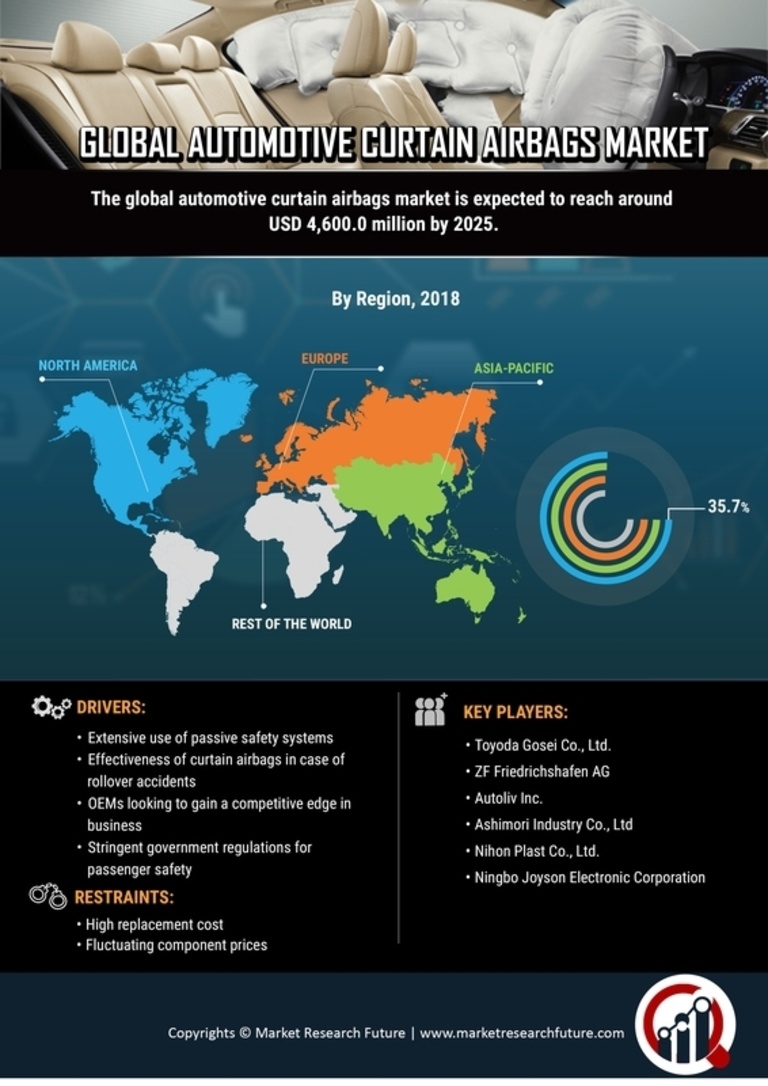

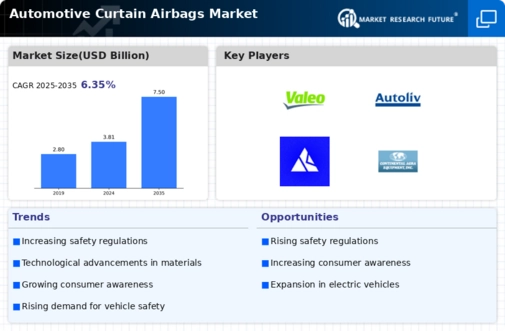
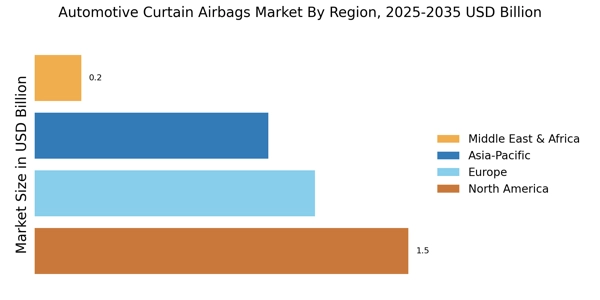
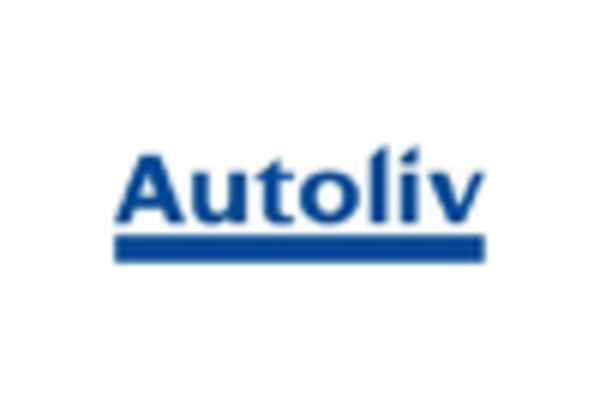

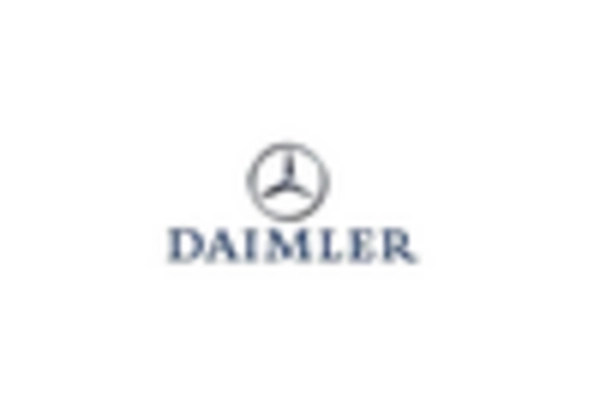
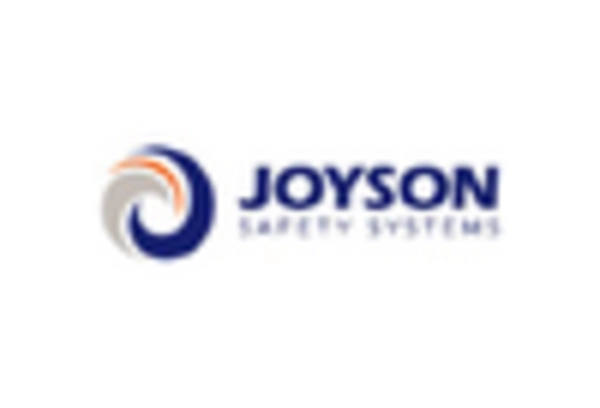
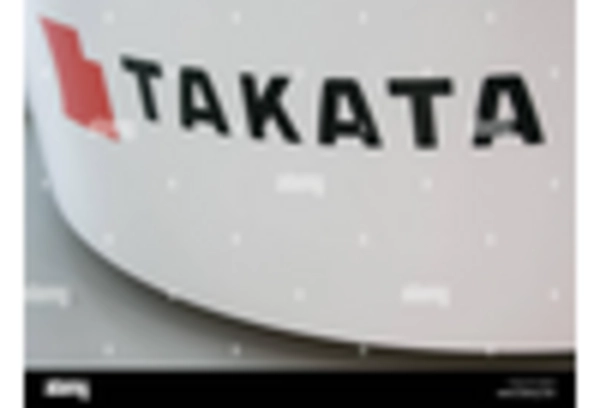
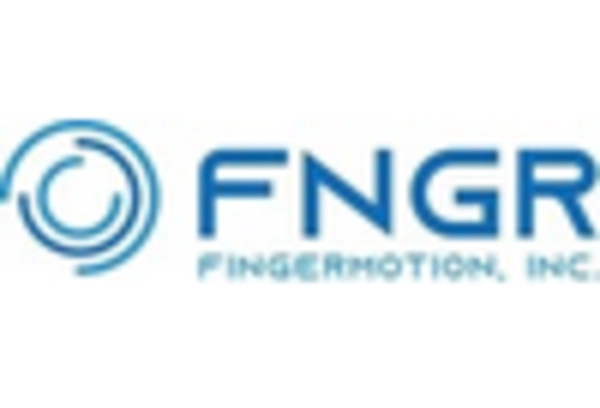








Leave a Comment